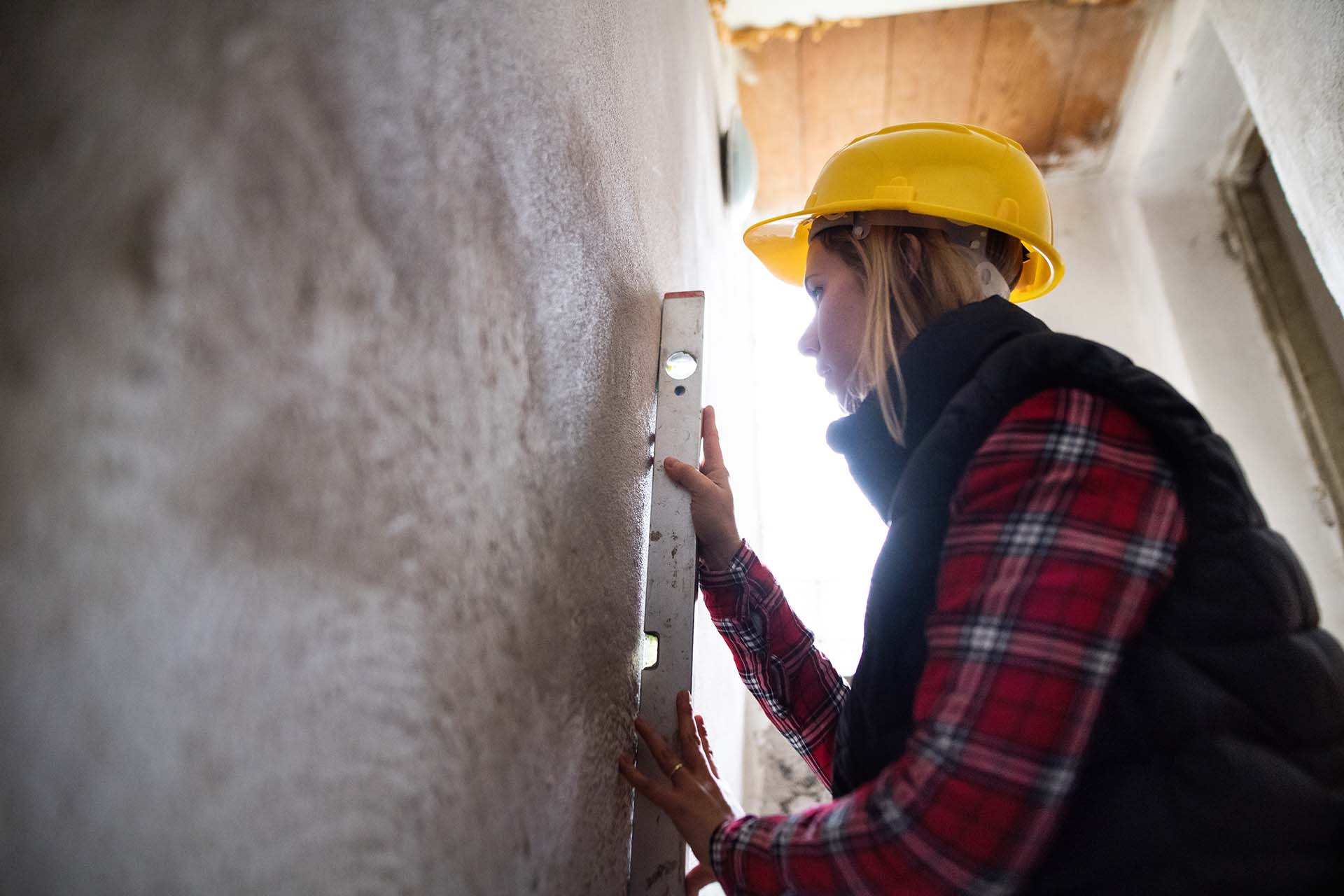Generally speaking, we like to spend money on things we can touch, see, feel, and things that just make us feel good. Basement waterproofing is just n
Generally speaking, we like to spend money on things we can touch, see, feel, and things that just make us feel good. Basement waterproofing is just not one of them. It is like insurance, we all know we need it, but no one wants to spend money on it. However, the cost of not having your basement protected can significantly outweigh the cost of protecting your basement. If your basement gets flooded, you need to call a flood cleanup crew, restoration service and then identify the root cause of the flood in order to fix it. There are many reasons why a basement gets flooded; a sewage backup, cracks in the foundation that let water in, bad windows seals, a burst pipe, water tank malfunction, etc. Having a proper leak detection device can help detect the leak on time and save you a lot of time and money, however, it will not change the fact that if your basement is not waterproofed, the leaks will continue to happen. So what is the process for basement waterproofing?. Here are the three major approaches to basement waterproofing
1. Interior waterproofing
This process is about protecting the basement from the inside. Generally, it involves ripping out all drywall and flooring along the perimeter of the basement, sealing any foundation cracks if present, installation of membrane directly into the foundational wall, installation of weeping tile along the perimeter of the property and sump-pump installation if one is not present already. It is less labor-intensive than exterior waterproofing which means it will cost less.
2. Exterior waterproofing
This process protects the basement from the outside. It involved digging around the perimeter of the basement, checking for cracks on the foundation, and fixing them if there are any. Then a cement-based sealant is applied in order to close any concrete pores. After the Sealant is applied, a membrane is installed along with a drainage mat. The last step is to install a French drain or weeping tile.
3. Interior Sealants
This is really not an effective way to waterproof your basement but it can be used as a temporary fix in order to keep your basement dry. The interior sealant helps the humidity level in the basement stay low and it prevents moisture from being absorbed by the basement walls and floors.


COMMENTS